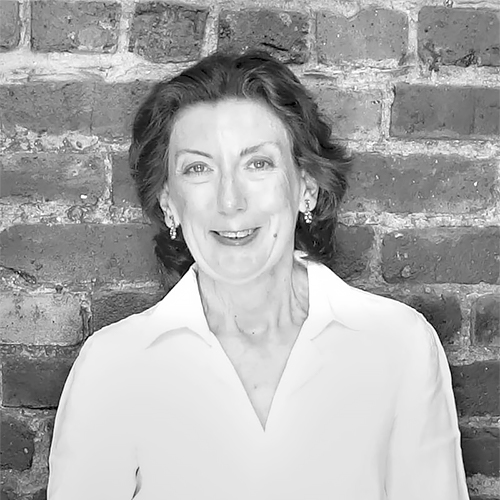Many photographers use workshops to improve skills and build their practice. If you
enjoy the camaraderie and focus of workshops but are looking for more autonomy, less
structure, and the opportunity to dive deeper into subjects you care about, consider artist
residencies.
In my case, I studied photography seriously in college but, for several reasons, needed
to pivot into a more pragmatic field after graduation. A number of years later, when I had time
to pick up a camera again, I began taking workshops with photographers whose work I admired
to rebuild my skills and catch up on how the field was evolving. This worked great for a while,
but eventually I started to feel I'd outgrown my workshop phase. It was fun to visit interesting
locations and hang out with other photographers talking shop, but I reached a point where I
wanted to work independently, on my own schedule. Then a photo friend mentioned that she'd
been invited to a residency. Would I like to come too? I did, and the experience was just what
I'd been looking for: not the complete blank slate of working entirely on your own, but a sort of
artist base camp where I could hang out with a half-dozen others from a variety of creative
disciplines, and had access to some basic gear such as a tripod and printer, but was free to
discover and pursue whatever subjects I wished.
After dipping my toe in the water last fall, I determined to make 2023 a year of
residencies. Here's what I've learned so far and some tips in case you want to give it a try.
One of the best things about residencies is that they're available in many countries
around the globe, on every continent except Antarctica. For almost any place you're interested
in shooting, you can probably find at least one residency, and many are in English. A quick
online search turns up names of individual residencies as well as web sites that aggregate
information on many programs, making it easy to find a residency that meets your needs.
Residencies are available in durations from a week or two up to a year. Some charge a fee
(usually less than tourist prices); these often give the artist more control over length and
timing. Others are free or even provide a stipend. Needless to say, the latter are quite
competitive. In some cases you must pay to apply, but often not.
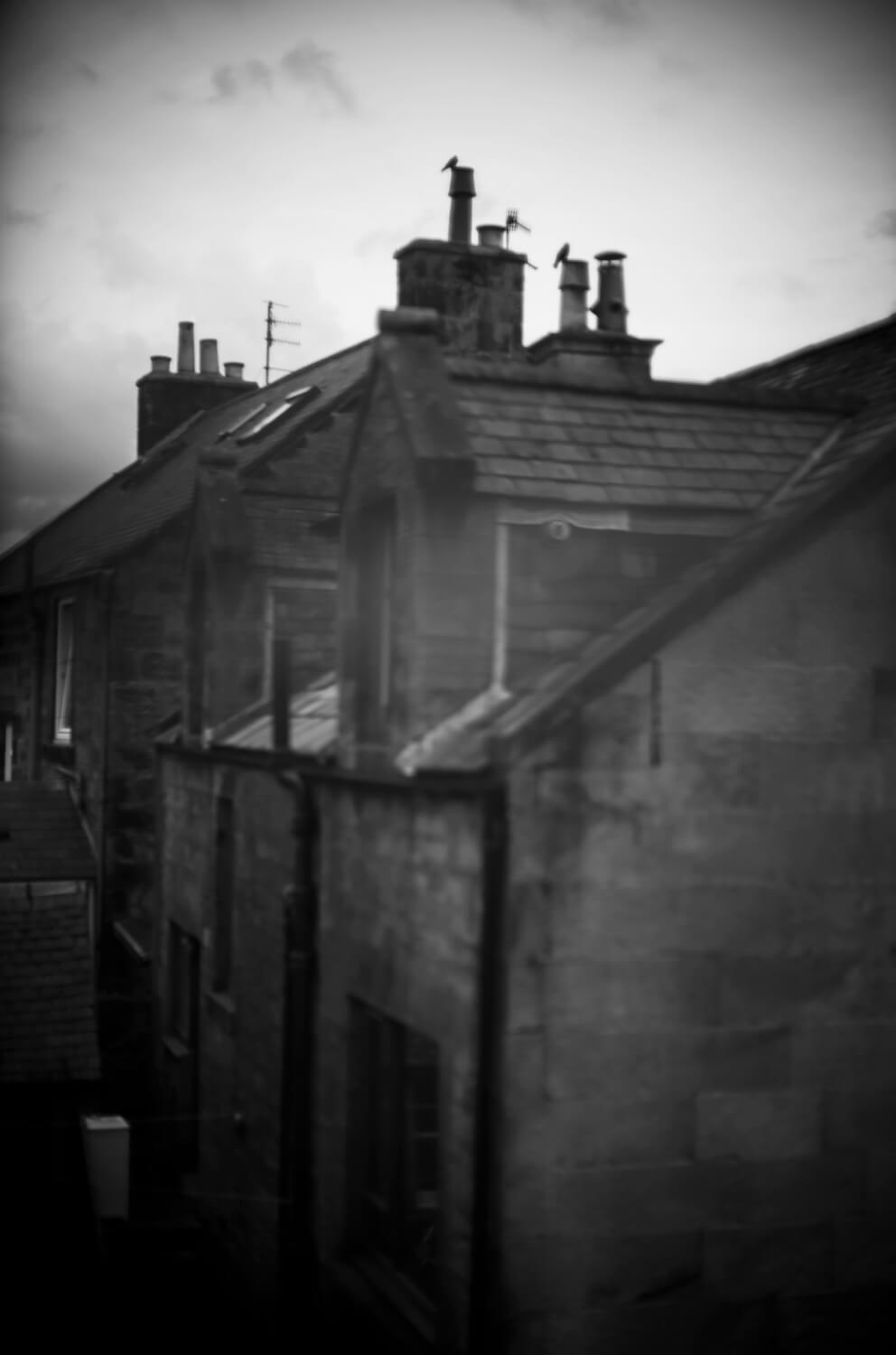
The first artist residency I participated in was in the historic small town of Sanquhar, in rural Scotland © Virginia Hines
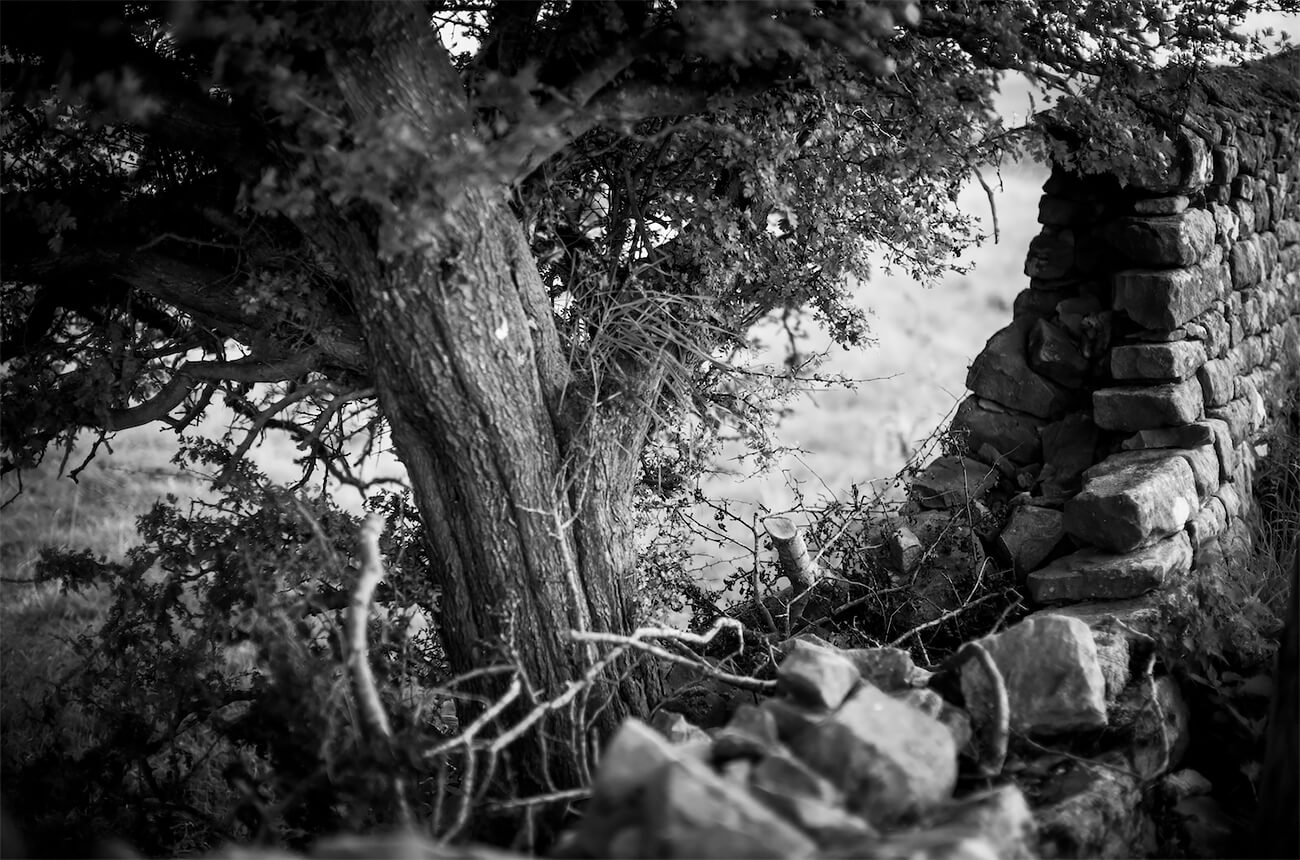
Time and its effects were one of the themes that surfaced in my residency work in Scotland © Virginia Hines
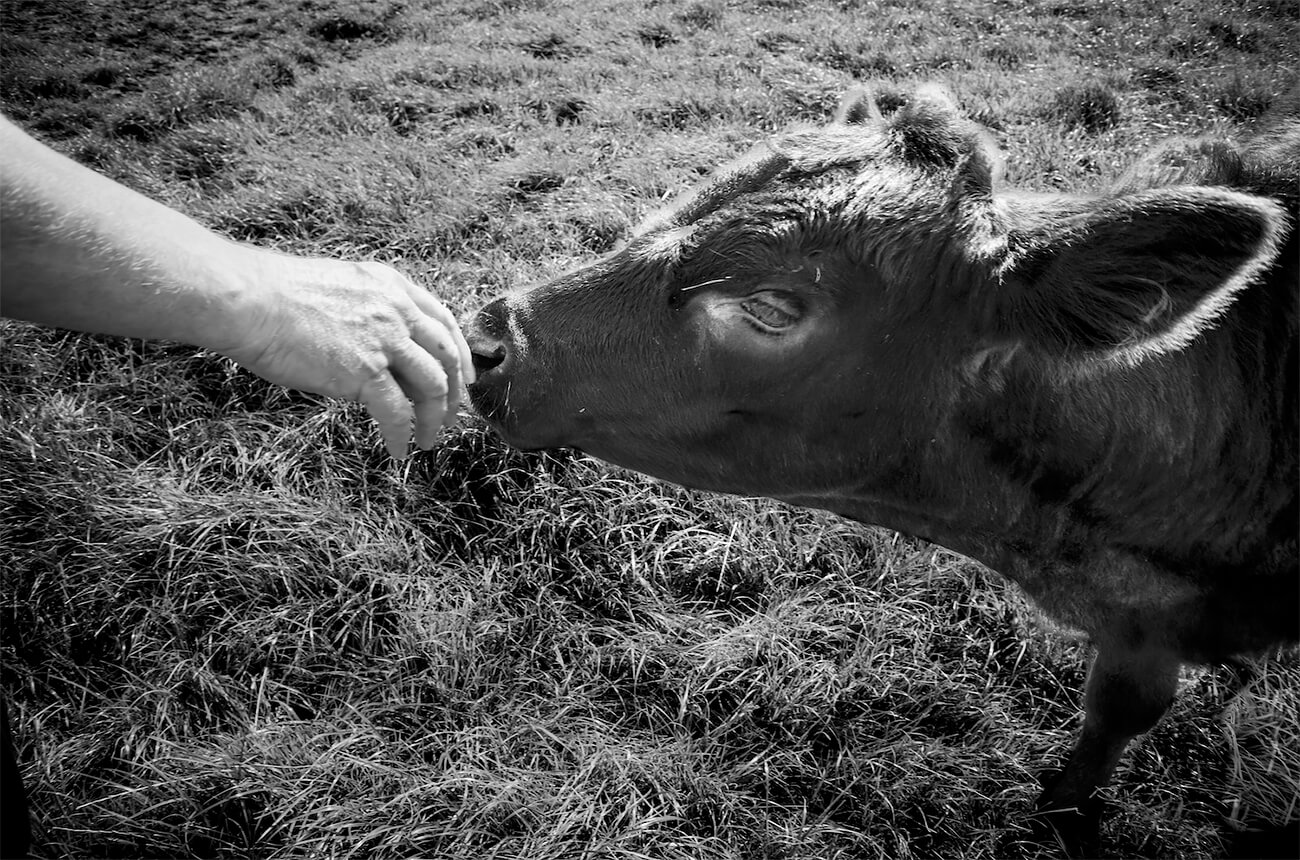
The Scotland residency also provided glimpses into traditional rural life © Virginia Hines
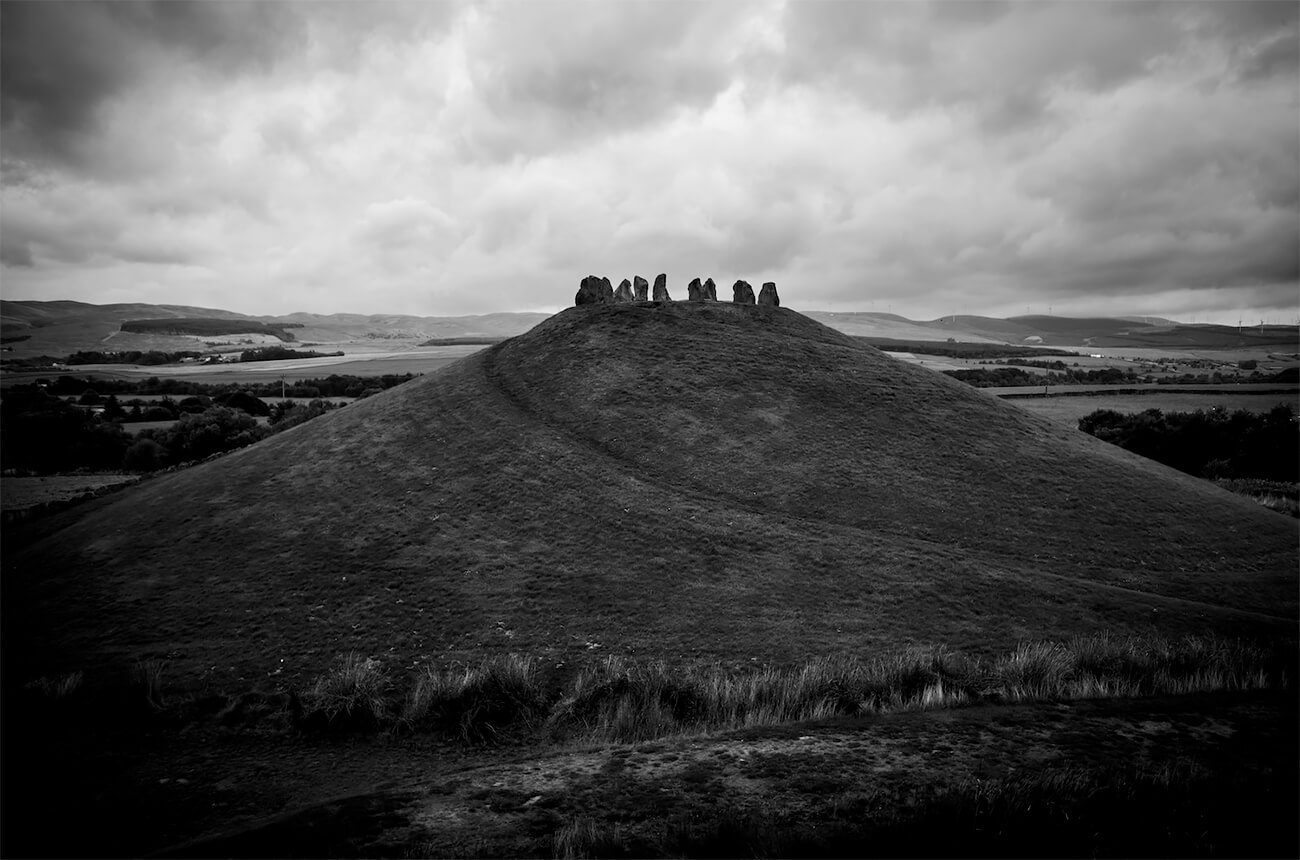
Landscapes were another opportunity in Scotland © Virginia Hines
There are also big variations in the accommodations – everything from a rustic hut to a
luxurious castle. Sometimes there is a private bath, other places have shared bath and kitchen
facilities. Some offer an entire apartment; some are a private bedroom in a shared house, or
even a bedroom shared with others, almost like an artist hostel. Sometimes there is a choice of
accommodation options at different prices. Usually wifi is available, but a few residencies don't
even have electricity. A program might accept only one resident artist at a time, but the norm
seems to be a small group – say five to ten artists – in residence together.
The majority of residencies expect you to work, not simply take an arty alternative
vacation. Many offer opportunities to exhibit, teach, or lecture – ways to give back to the
community where you stay. Some ask that you donate one artwork at the end. Policies on
friends and family vary, but often programs are artist-only, to minimize distractions and keep
you focused on using your residency time to create.
Application processes vary as well. For some, all you need do is share key links, such as
your Instagram and web site (must-haves if you are serious about pursuing residencies). Others
require essays, questionnaires, and a portfolio. Residencies are popular: some have a single
application deadline for all of the next year's programs. Others are more ad hoc, with rolling
admissions. In general, residencies need to be planned several months in advance. Few
programs have the convenience of, say, booking a hotel on short notice.
Each of the three residencies I have participated in so far has been different. The first, in
a historic Scottish village, only lasted a week. In retrospect, that was too short. Artists selected
accommodations from a variety of local hotels and B&Bs. I chose a hotel room at the local pub,
which was in the middle of the price range. Despite the brief timeframe, the residency ended in
a show; later, the work was also published in a book.
My second residency was two weeks in a large, modern, architect-designed house in
India. There I had a private bedroom with a balcony and ensuite bath. Meals cooked by the staff
were available for a small additional fee. As part of that residency I was invited to lecture and
lead a workshop at a local university's Department of Photography.
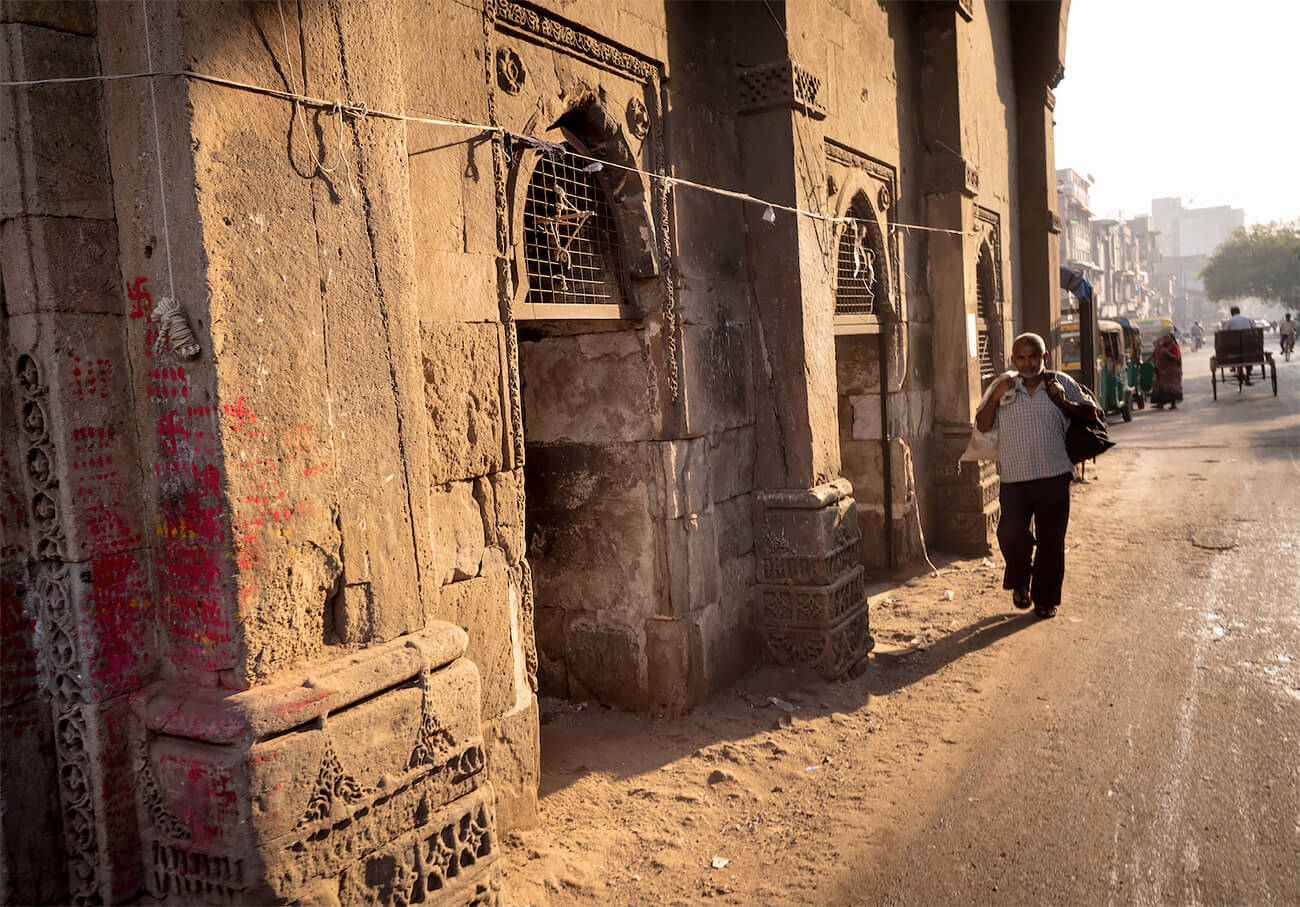
My next artist residency was in the city of Ahmedabad, in the Indian state of Gujarat © Virginia Hines
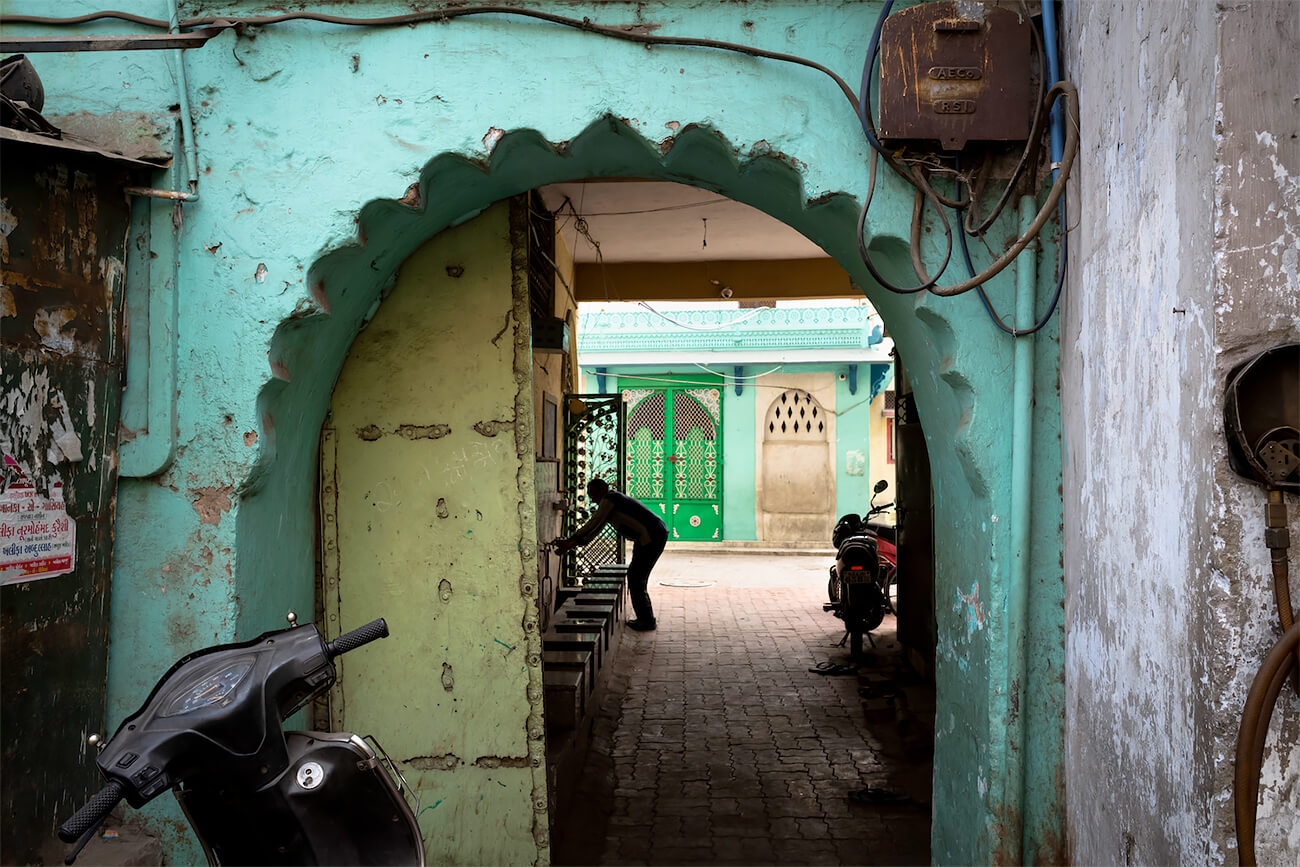
The urban environment in Ahmedabad lent itself to street photography © Virginia Hines
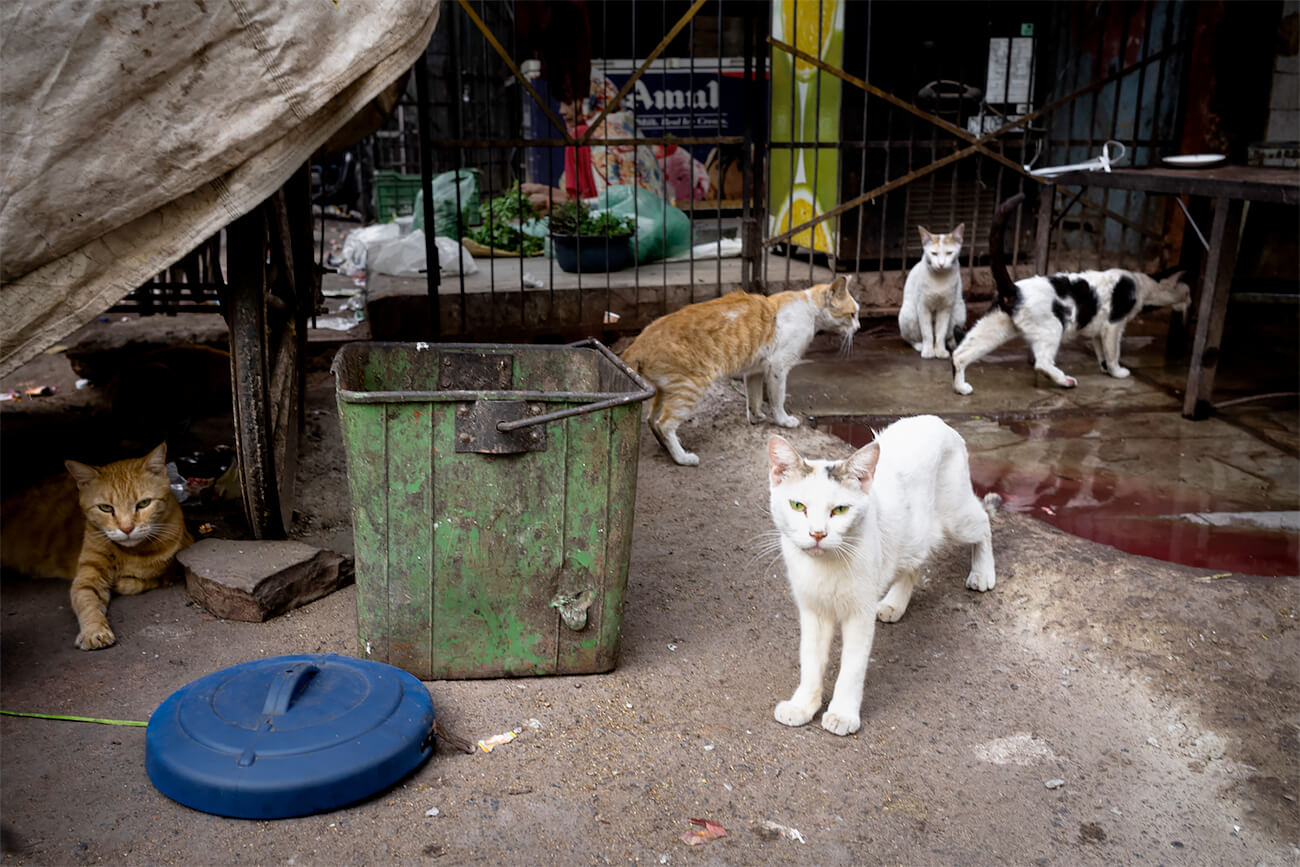
These cats live in one of Ahmedabad’s meat markets and seem to feel they own the place © Virginia Hines
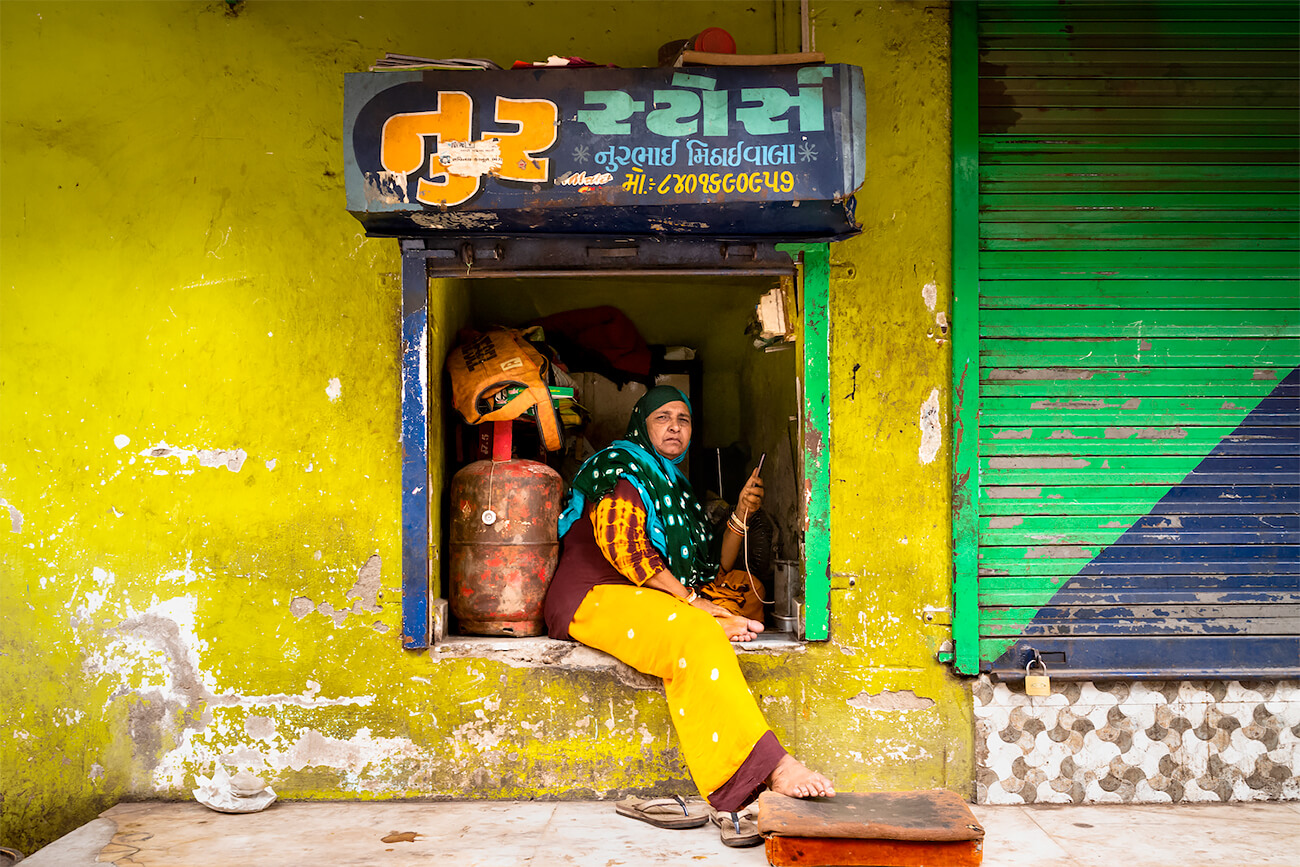
Ahmedabad’s Old City is a panorama of colorful street life, a terrific location for photography © Virginia Hines
The third was on a small farm in Chile's remote Atacama Desert. I had a private
bedroom with a shared bath. Simple meals were included, as were a number of expeditions to
interesting sites in the area. The farmhouse where we stayed had electricity but no wifi and
very poor cell reception. This residency was especially diverse: the seven artists hailed from
Australia, China, Iceland, Kuwait, and Spain, in addition to the US. It ended with a show in the
arts center of a nearby town. This fall I wrap up my year of residencies with a month in a village
in Sardinia, another experience that promises to be unique.
You don't need to be a seasoned professional artist to attend residencies, but they
aren't for beginners either. You must have not only solid technical skills with your equipment,
but the desire and ability to pull together a cohesive body of work in a short time, without the
critiques and coaching of a workshop setting. You work on your own: no assignments, no
leaders serving as substitute parents, no goals other than what you set for yourself. In my
experience, you might be the only photographer in your session.
Artist residencies are a significant step up from the structured environment of most
photo workshops, and they're not for everyone. But if you enjoy the excitement and challenge
of going somewhere unfamiliar and quickly processing your reactions into an artistic response,
or if you are already working on themes that could be enhanced with a deep dive at a specific
location, then residenncies may be a great way to raise the bar and take your photographic
practice to the next level.
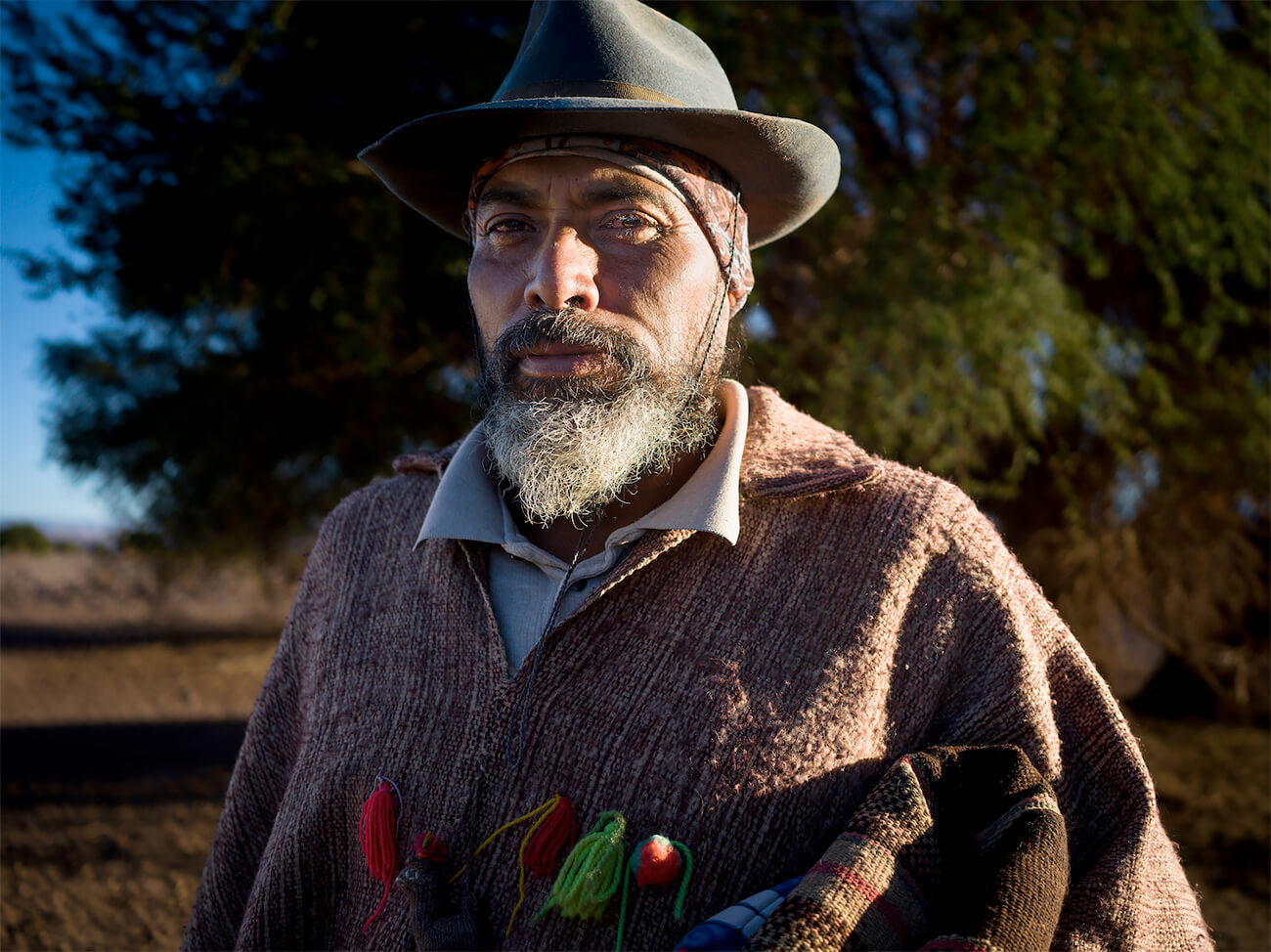
My third residency, in Chile, focused on indigenous culture in the Atacama Desert © Virginia Hines
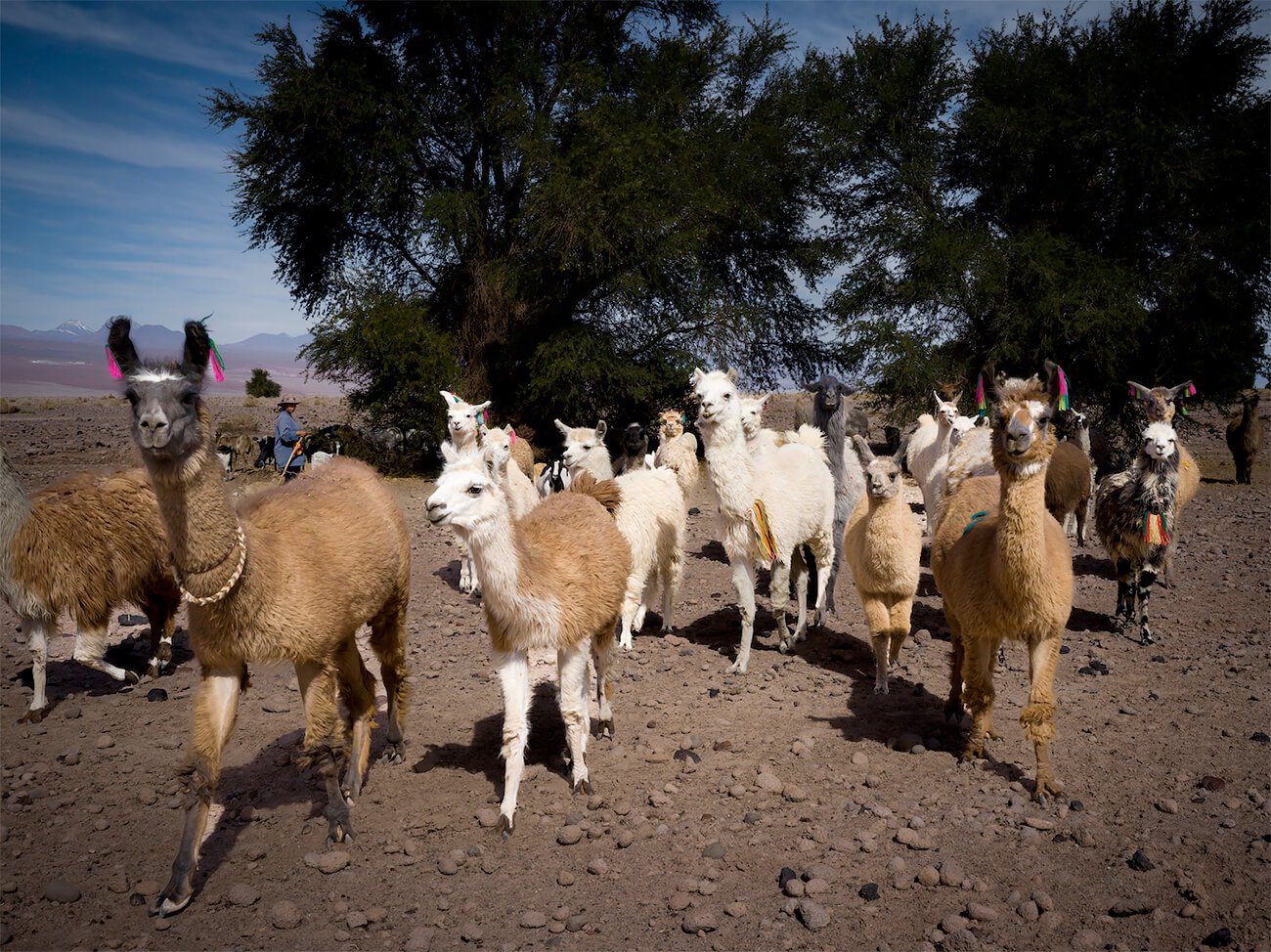
In this area of Chile, indigenous people and llamas have a vital relationship that goes back thousands of years © Virginia Hines
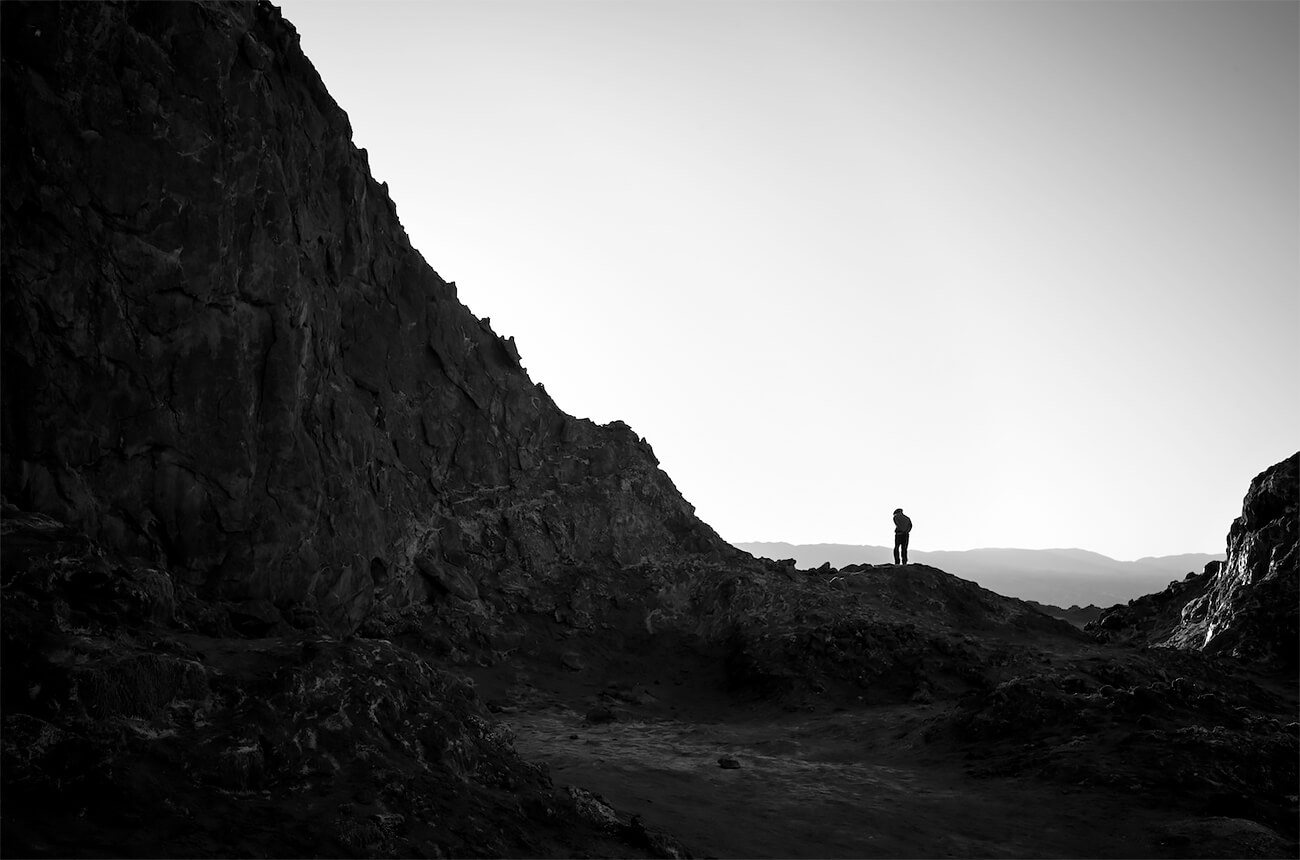
The Atacama Desert also offered many opportunities to shoot landscapes © Virginia Hines
is a photographer and photography writer based in San
Francisco, California. Her work has been exhibited in group shows across the U.S. and in Europe
and South America, and she wrote the introductory essay for Harvey Stein's latest book of street
photography, Coney Island People: 50 Years (Schiffer, 2022)
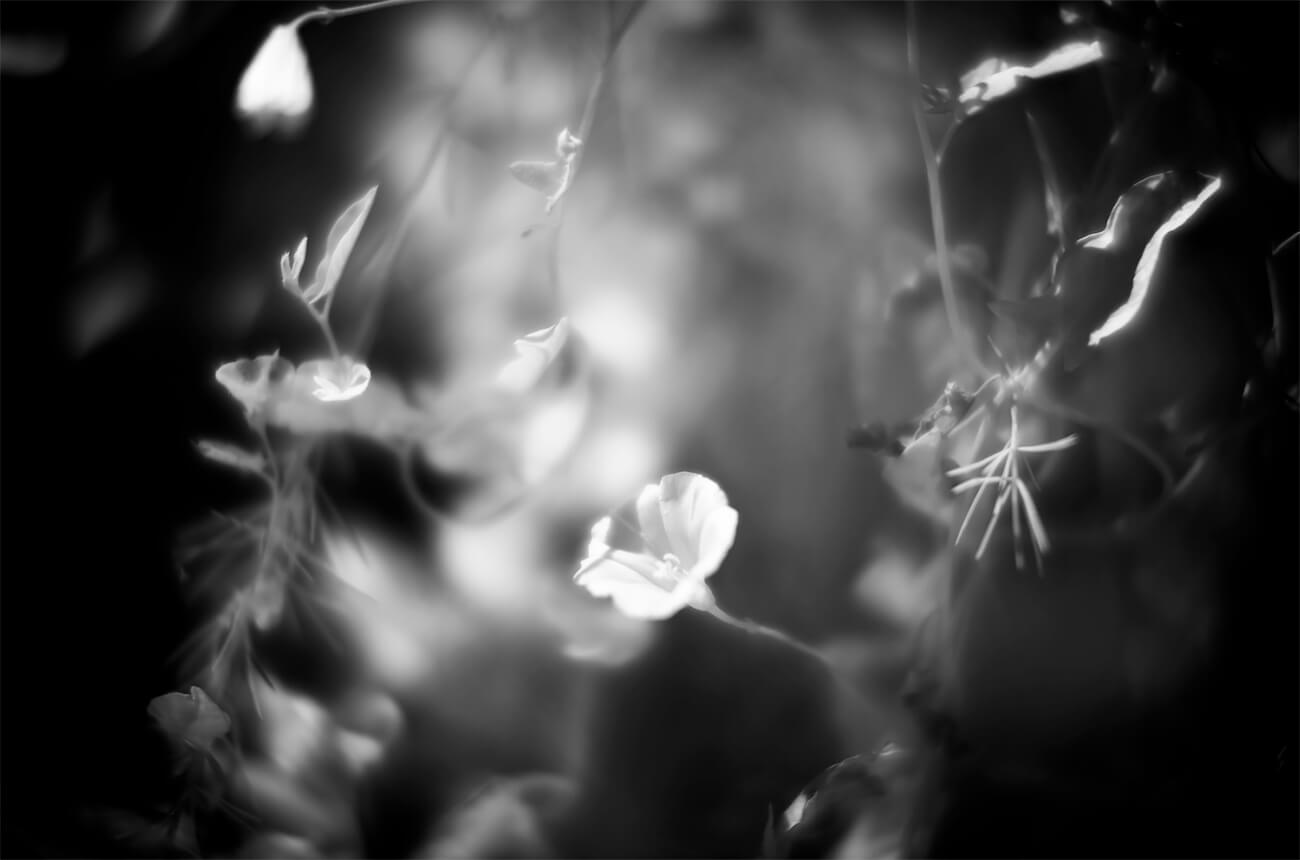
The Scotland residency also provided glimpses into traditional rural life © Virginia Hines
